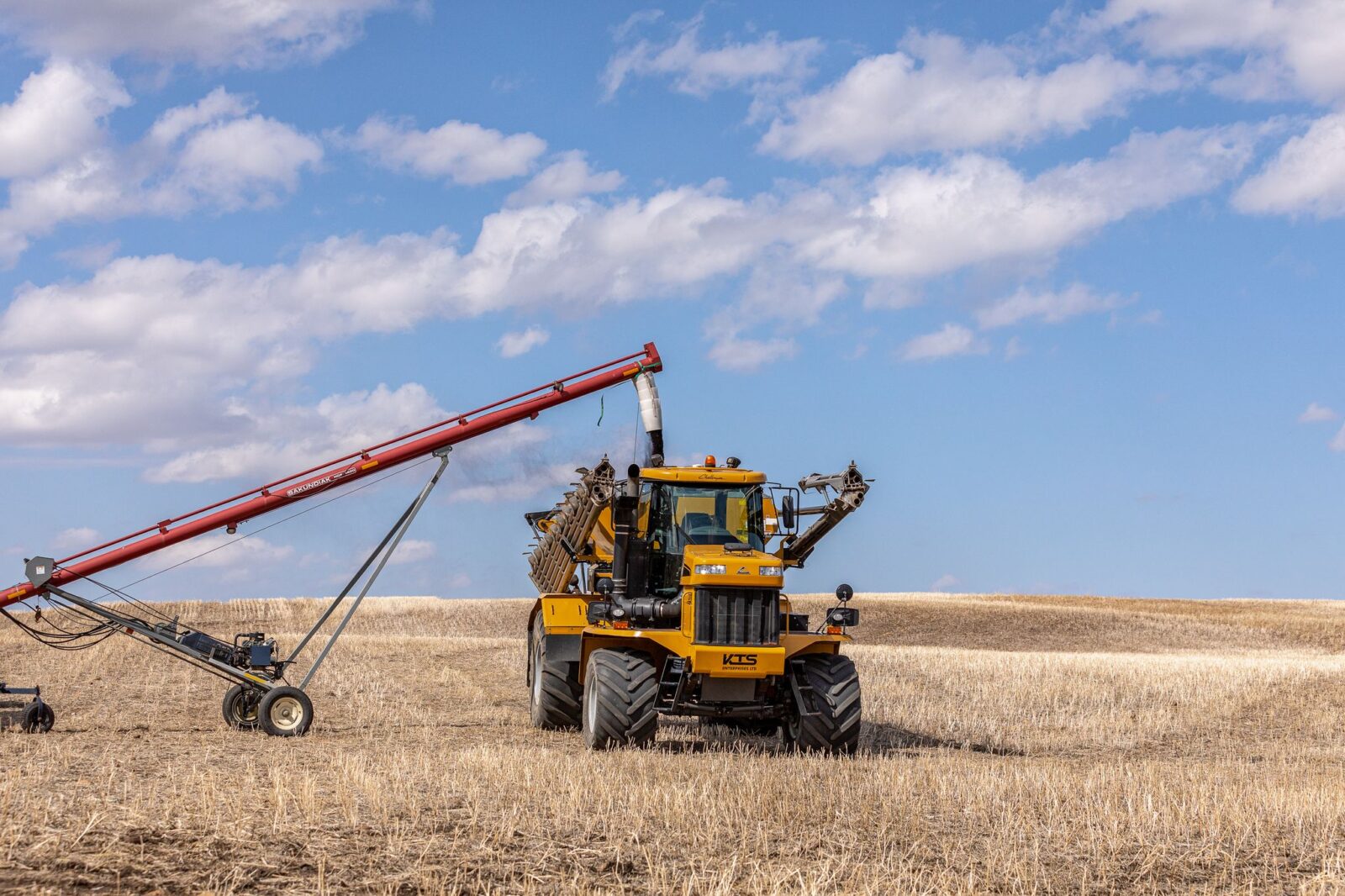
What is regenerative agriculture
Regenerative agriculture has become a hot topic lately, promoting farming practices which minimize soil disturbance and work to rebuild soil health. According to Regeneration Canada, regenerating soil health and biology can help to mitigate climate change, restore biodiversity, improve water cycles and support a healthy food system.
Soil degradation is not a new concern for the agriculture industry in Canada. Over time, wind, water and tillage erosion has led to the deterioration of soil health, and since the early 1980s, the agriculture industry has been working to reverse the effects of the intensification of crop production on soil health. Although it is a conventional agricultural practice, tilling disrupts soil structure and microorganisms in soil, leading to the loss of organic matter and nutrients.
While working to meet increasing global food production demands, growers should consider the practices they are using to maintain soil health and optimize yields. Regenerative agriculture and farming take a step back to look at the bigger picture—everything that goes into the production of a crop, from seed to fertilizer to the equipment used.
The significance of soil health
Healthy soil is not just important for growing productive crops—it is home to millions of species of fungi, bacteria and other microorganisms which play an important role in our ecosystem. Organisms in the soil promote cycling of nutrients like phosphorus and calcium (making them available for plant uptake), flood and drought regulation by building soil structure, water purification and more (Regeneration Canada, 2022).
The organisms found in soil contribute to four key ecosystem functions: transformation of carbon, nutrient cycling, soil structure maintenance and biological regulation of soil populations. The different organisms that are responsible for each of these functions—which include fungi, bacteria, microbivores and others—rely on each other and must all be present for healthy soil and ecosystem function (Kibblewhite, Ritz & Swift, 2007).
So, where does Humalite come in? Humalite is an oxidized coal-like substance formed over millions of years during the decomposition of organic materials in the earth. Unique to Hanna, Alta., Humalite is a natural resource and a powerful soil amendment approved for use in organic agriculture by Pro-Cert. Humalite contains the highest humic acid content of most available humic products.
Humic acid substances have what the science world calls functional groups. These functional groups help to directly or indirectly improve chemical, physical and biological dynamics in the soil. With the increase of these substances by human applications or/and soil natural mechanisms, conditions are created for microorganisms, roots, water and nutrients to interact in a better soil condition. These interactions are what makes soil “alive” or healthy.
To speed up these processes in humic materials, they need to go through a process resulting in the humic substances becoming functionally ionized, which increases solubilization and dispersion. The end products can enhance soil pores formation (allowing more oxygen movement), microbial activation, water retention, soil cation exchange capacity and soil buffer capacity as well as chelation and complexation of soil minerals. The overall effect stimulates nutrient rich plant growth.
Recent studies have shown that Humalite provides numerous benefits—the nutrient-rich, versatile soil supplement can improve soil structure, accelerate crop residue breakdown, increase water retention in soil, reduce fertilizer requirements and more.

Humalite application
The agronomic advantages of Humalite make it an excellent addition to strategies for building and maintaining soil health. Natural and affordable products such as Humalite will play an important role as more farmers adopt regenerative agriculture practices.
Our granular humic product is perfect for agricultural use and can be applied at any time of year. With a fall application of Humalite, growers could see more moisture retained in their fields following snowmelt in the spring.
Find more information on our humic products or complete our sales form to obtain a quote for humic products based on your acreage, treatment and truck capacity.
Sources
Kibblewhite, M. G., Ritz, K., & Swift, M. J. (2008). Soil health in agricultural systems. Philosophical transactions of the Royal Society of London. Series B, Biological sciences, 363(1492), 685–701. https://doi.org/10.1098/rstb.2007.2178
Regeneration Canada. (2022). https://regenerationcanada.org/en/

